How to extend the life of a countertop and protect it from moisture, damage and scratches?
In modern kitchens you can find countertops made of artificial or natural stone, glass, stainless steel, ceramic tiles, but most often solid wood or chipboard sheets lined with plastic are used as the main material. If you don’t know how to protect a capricious surface, there is a risk of its deformation and rapid destruction under the influence of moisture and other negative factors.
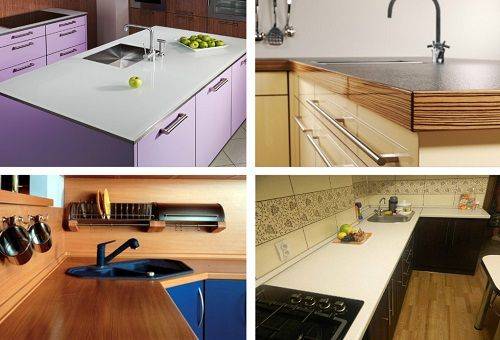
Following the basic rules for caring for raw materials will help avoid unpleasant consequences. In addition, there are many effective approaches that help improve the quality of the product and its resistance to external influences.
Basic rules for working on the countertop and regular surface care
To prevent scratches and other types of damage on the surface of the tabletop, the following rules for carrying out work must be observed:
- You should use cutting boards when preparing food, even if you don't need to cut anything. When cutting food, you need to ensure that the process does not go beyond the special stand.
- You should not leave knives and forks on the surface of the countertop; it is because of them that chipboard sheets quickly become covered with a layer of scratches. Drops of water and food particles gradually clog into small holes, which causes swelling and warping of the wood.
- If it is necessary to attach a manual meat grinder or similar unit to the work surface, a soft cloth pad must be used.
- Regardless of the material from which the surface of the countertop is made, it must be protected from prolonged and heavy exposure to moisture; during cleaning it is highly recommended not to use abrasives, metal sponges and brushes.
Advice: If the surface is additionally coated with varnish or paint, then the use of chemical cleaning agents, especially solvents, will also have to be abandoned.
- In extreme cases, the work area can be protected with a special oilcloth. The main thing is to choose a material that does not change the aroma and taste of the processed products.
- It is not recommended to place hot dishes on wood, chipboard sheets and tiles; be sure to use a protective lining (you need to make sure that it is not made of metal or plastic, but wood or multi-layered fabric).
Even if all these rules are observed, the safety of the coating is not guaranteed. It is possible to reliably protect a wooden surface only by properly cleaning it and special pre-treatment.
Methods for protecting countertops from the formation of persistent stains
No matter how carefully the work is carried out in a specialized area, the appearance of stains cannot be avoided, especially if it is located near the sink. Drops of water and detergent can be just as problematic as grease stains. To prevent the surface of the countertop from darkening and becoming covered with signs of material decomposition, you need to take on board the following tips:
- Dry dirt, grease and traces of moisture must be removed immediately. You shouldn’t wait for the different components to mix and dry, turning into a dense crust.
- For regular cleaning of solid wood or chipboard sheets, it is allowed to use a weak and lukewarm soap solution.
- Stubborn stains can be removed with lemon juice. If you sprinkle a little salt on the surface of the dirt, you will be able to pull the dirt out of small scratches.
- It is recommended to treat darkened wood with a weak solution of hydrogen peroxide. Just pour it onto the stain and after a few minutes wipe it off with a soft cloth. The same manipulation allows you to disinfect the surface.
- In some cases, professional wood bleaches or homemade preparations based on oxalic acid help. They simultaneously pull dirt out of cracks, preventing the expansion of wood, and bleach and disinfect the material.
It is better to treat a fresh countertop without using water for the first time. You can simply rub the stain with medium-grit sandpaper to remove the stain, then sand the surface with the mildest equivalent of the product.
Hardening and sealing wood - manipulations that increase the practicality of the material
To minimize damage from moisture and other external irritants, solid wood can be hardened. True, this manipulation is very different from the approach used in the case of metal:
- Pour a little heated mineral (not food!) oil onto the working area. We wait a few minutes until the fibers absorb the required amount of product.
- Take a rag and begin to rub the composition into the surface, working in the direction of the fibers.
- Leave the structure for half an hour so that the main component is well absorbed. We make sure that no drops of water fall on the tabletop at this time; this will reduce the effectiveness of the approach.
- Wipe the treated area with a waffle or paper towel, removing excess oil.
If the base material is chipboard sheets, then the optimal protection against damage will be the sealing procedure. To carry it out, we use ready-made polyurethane (for the food industry), which we apply to the problem area in at least three layers. After such a simple manipulation, there will be no problems with cleaning the countertop, and it will become indifferent to the effects of moisture. You still can’t cut food on such a coating!
Furniture wax can be useful to restore wood and eliminate traces of cracks. To do this, heat it on the stove or in the microwave. For one part of the product, take four parts of mineral oil and mix. While still warm, treat problem areas, carefully rubbing the product into the cracks. Let the mixture dry, then polish the surface with a soft cloth. This manipulation is recommended to be carried out at least once a year for preventive purposes.
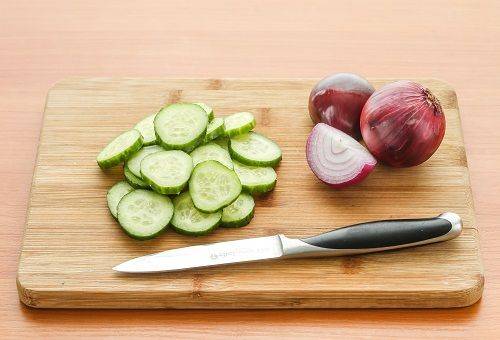
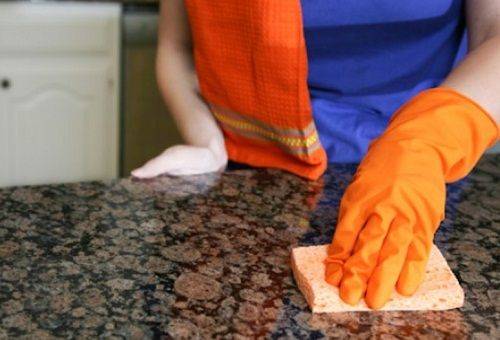
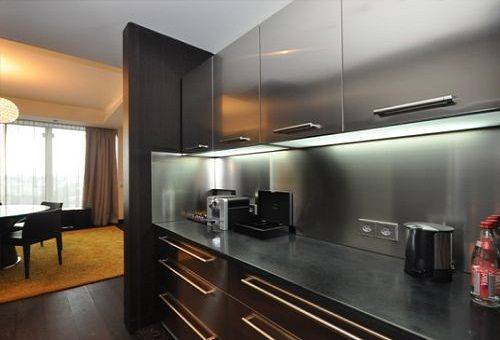
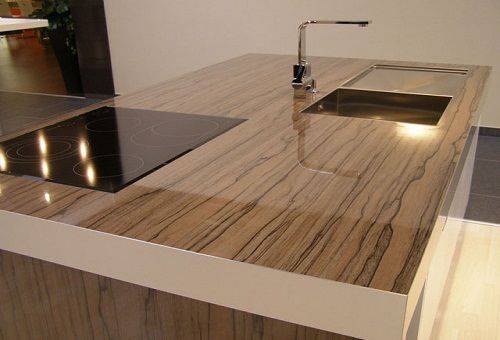
At my dacha I have a wooden house. And the kitchen was also made of wood. The tabletop quickly lost its appearance. I'll try to restore it with wax. And harden it, as written in the article.